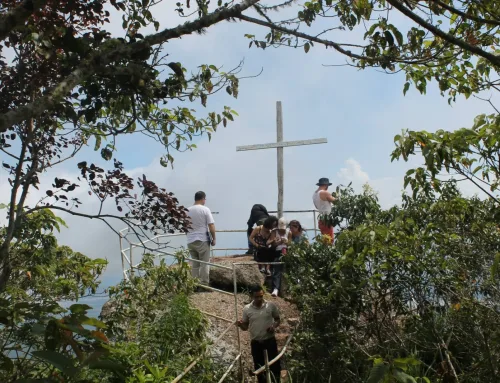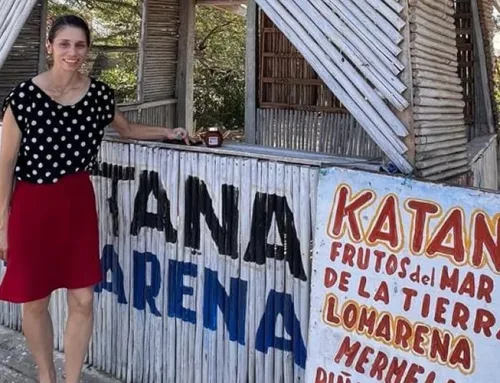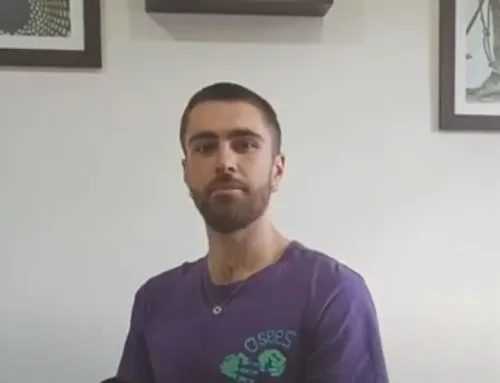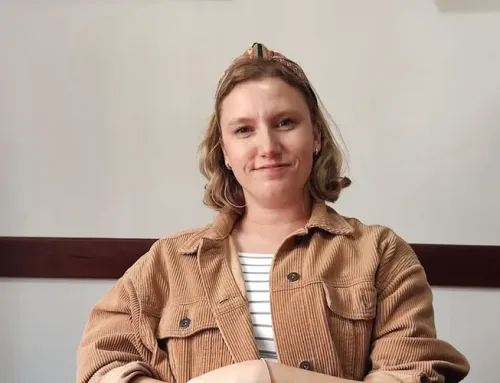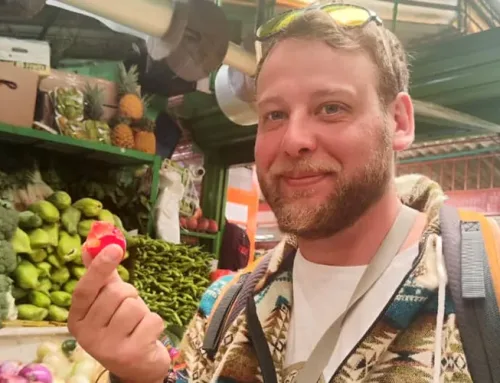The Castillo de San Felipe, also known as Castillo San Felipe de Barajas, is a historical monument located in Cartagena de Indias, Colombia. Built during the Spanish colonial era, it has become a symbol of the city's rich history and cultural heritage. Knowing this, in Nueva Lengua Cartagena we wanted to take our students to know the admirable fortress of medieval architecture, like many colonial structures. Just like they did with the visit to the Castle, through this article we want to let readers know a little about the history and characteristics of this imposing defensive fortress.
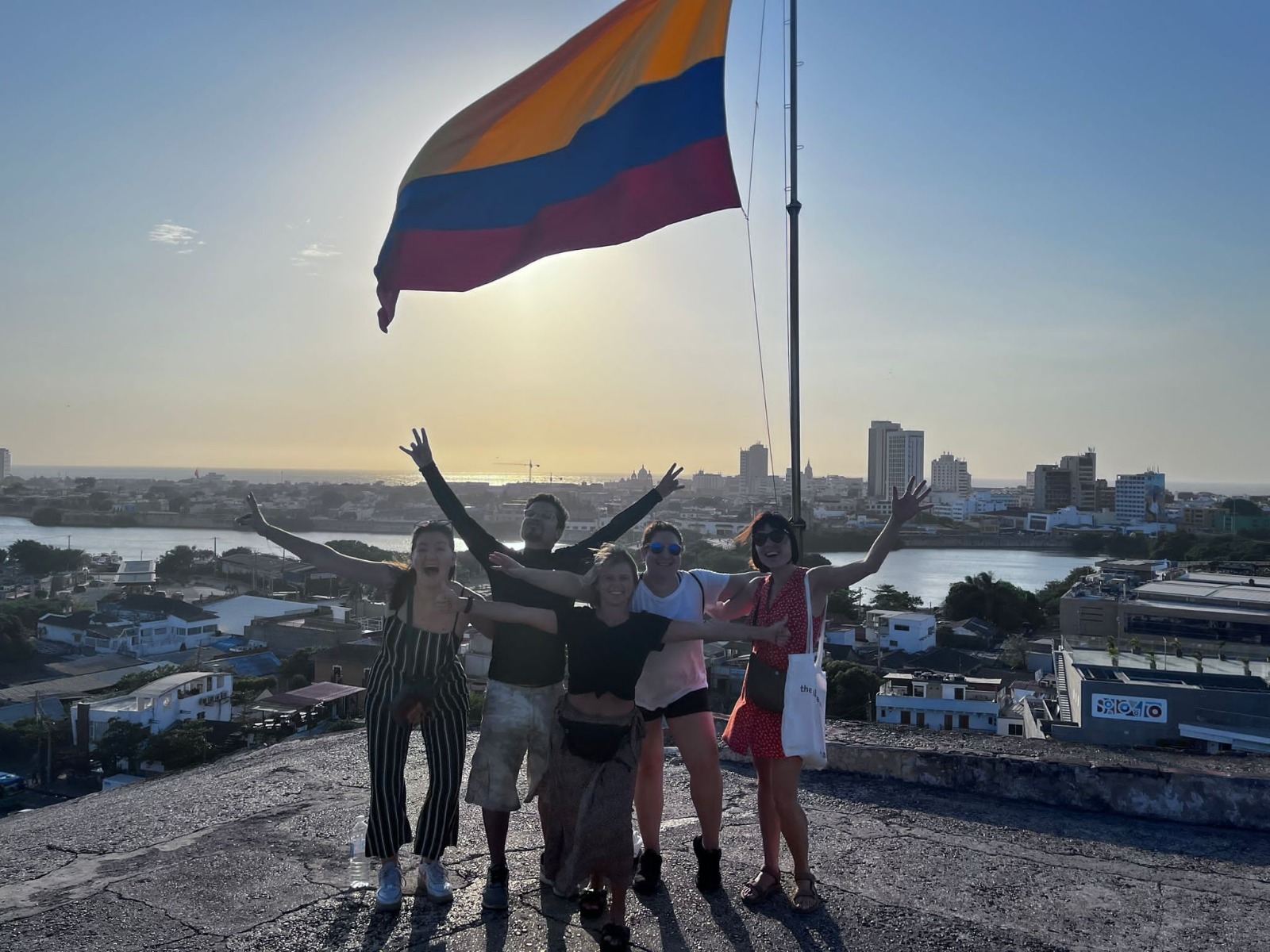
History of the Castle of San Felipe
The Castillo de San Felipe was built in the XNUMXth century by the Spanish during their occupation of America. The fortress was designed by the military engineer Antonio de Arévalo, who created a series of tunnels, walls and bastions capable of resisting attacks both by land and by sea. It was built on top of a hill from which all of Cartagena was dominated, a strategic and key city for the Spanish in their efforts to maintain control of the Caribbean region. Thanks to this privileged location, students from Nueva Lengua They were able to enjoy an incomparable sunset, with the spectacular view of the sea that only the “Heroica” offers.
Over the centuries, the Castillo de San Felipe played an important role in defending the city against attacks by pirates and rival colonial powers. During the XNUMXth and XNUMXth centuries, the castle was enlarged and strengthened with the addition of underground tunnels and fortifications. In the early XNUMXth century, it was used as a prison and, during the Colombian War of Independence, it was a key battleground between the Spanish and the rebels.
Features and attractions
Today, the Castillo de San Felipe is one of the main tourist attractions in Cartagena, attracting visitors from all over the world who come to admire its historical importance and impressive architecture. The castle features a variety of attractions and exhibits that showcase its rich history, including:
The walls: its walls, more than twenty feet high in some places, were designed to withstand attacks from cannons and other pirate weapons. Visitors can walk on top of the walls and take in the impressive views of the city and the Caribbean Sea.
Tunnels: the tunnels of the castle, more than 400 meters long, were used to transport soldiers, weapons and supplies in times of war. Today, visitors can explore the tunnels and learn about their role in defending the castle.
The museum: It features a variety of exhibits and artifacts that tell the history and importance of the fortification. Visitors can view weapons, uniforms, and other items used by soldiers during the castle's many battles.
The chapel: The castle also has a small chapel, where visitors can take a moment to reflect and admire the beautiful architecture and works of art.
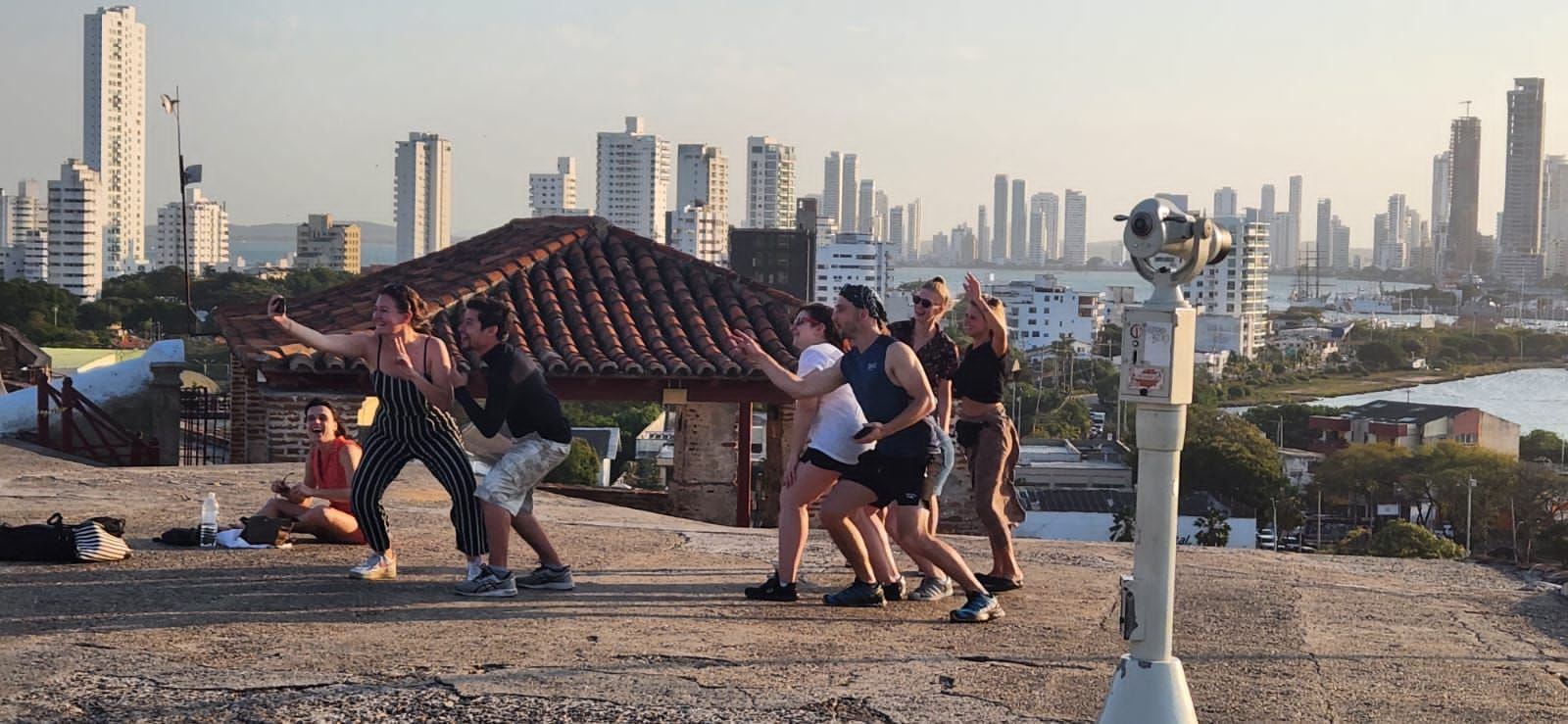
Why should you also come to Nueva Lengua and take advantage of the possibility of visiting the castle of San Felipe while you learn Spanish?
The Castillo de San Felipe is located in the eastern part of Cartagena, about 10 minutes by car from the Historic Center. The castle is open to visitors every day of the week, and guided tours are offered in English and Spanish. The Castillo de San Felipe is a fascinating historical landmark that offers visitors an insight into Colombia's rich cultural heritage. With its impressive architecture, stunning views, and attractive exhibits, it is a must-see destination for anyone visiting Cartagena.
Also, when you go with Nueva Lengua the tourist guide is in Spanish, a Spanish suitable for your needs because, although we are from the coast and we usually speak as fast as our countrymen, when we are in front of students we try to modulate our voice, articulate better and adapt the speed of speech so that all our students can understand without missing a single part.
If you are traveling alone or don't know where to start your discovery of the city, the cultural activities of Nueva Lengua they can be a fantastic option. Check the plans that we have for you or send us an email to info@nuevalengua.com to learn more about our Spanish courses in Cartagena, the colonial jewel of Colombia!
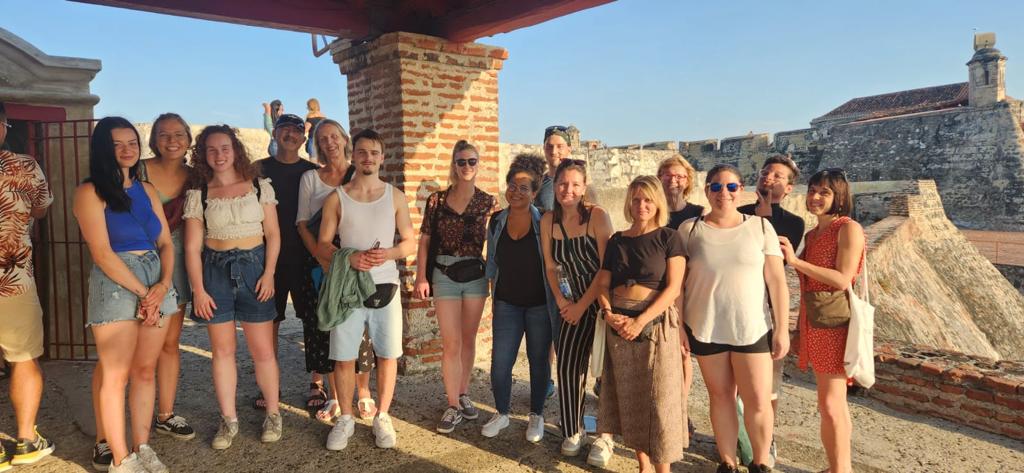
Written by Professor María Angélica Castro – Nueva Lengua Cartagena
All the articles in this blog have been written by the teachers of our school and by students from different countries who traveled to Colombia to learn Spanish.
“You travel too and study Spanish in NUEVA LENGUA"
Follow us on our social networks:
RELATED VIDEOS
MEDELLÍN - GUADUAS

